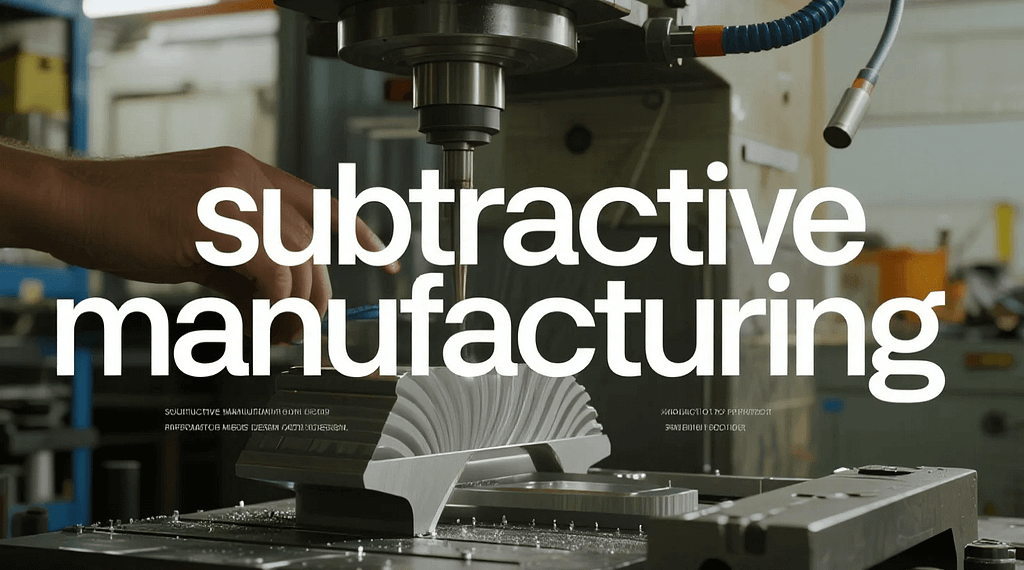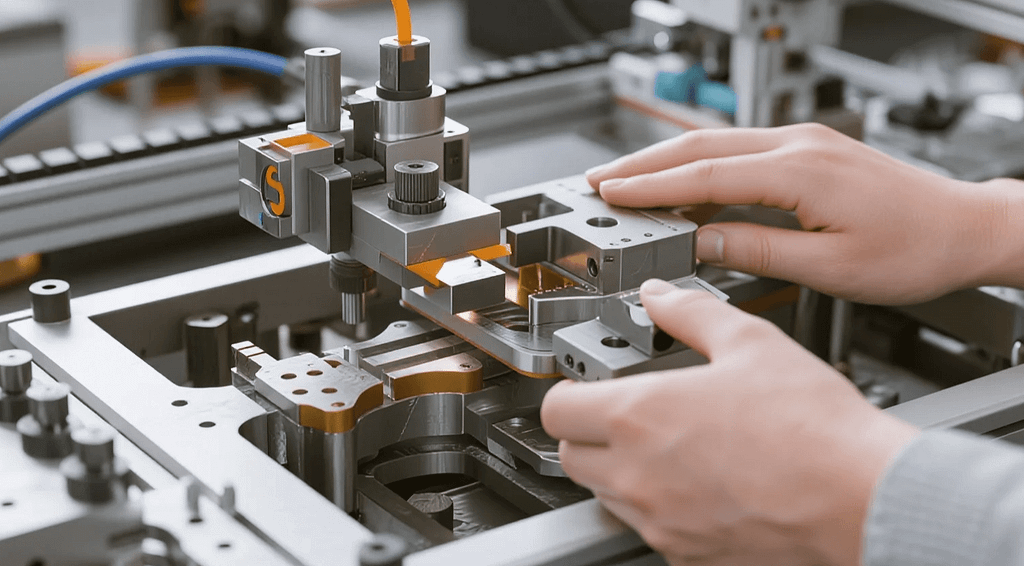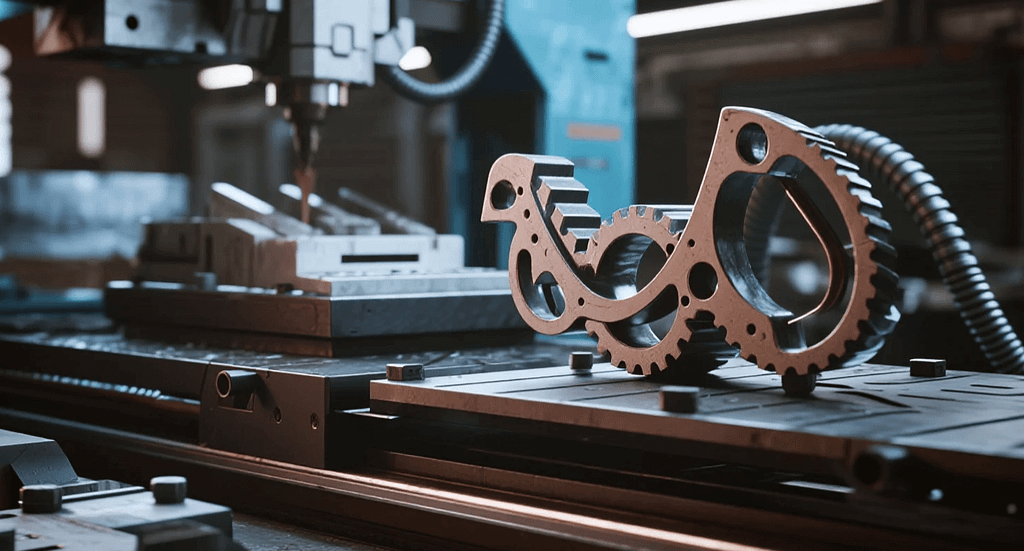In today’s manufacturing industry, what is subtractive manufacturing is a question that frequently arises among engineers, procurement managers, and business owners seeking efficient production methods. Subtractive manufacturing refers to the process of creating a final product by removing material from a solid block, sheet, or rod until the desired shape is achieved.
Unlike additive manufacturing—where material is built up layer by layer—subtractive techniques such as CNC machining, milling, and turning work by cutting away excess material. This approach has been a cornerstone of precision manufacturing for decades, especially in sectors like aerospace, automotive, defense, and medical devices, where high accuracy and surface finish are critical.
Defining Subtractive Manufacturing

Core Principle
At its core, subtractive manufacturing involves starting with a workpiece and using tools to remove material until the part meets the required specifications. The process is widely used for producing both prototypes and final components due to its reliability and high dimensional accuracy.
Key methods include:
- Fraisage CNC – Rotating cutters remove material to produce complex shapes.
- Turning – Material is rotated against a cutting tool to create cylindrical shapes.
- Drilling – Holes are created with precise dimensions.
- Grinding – Surface finish is improved by fine material removal.
How Does Subtractive Manufacturing Work?
The Process Flow
The subtractive manufacturing process typically follows these steps:
- Design Creation – Engineers develop a CAD (Computer-Aided Design) model of the part.
- CAM Programming – CAM (Computer-Aided Manufacturing) software translates the design into toolpaths.
- Machine Setup – The workpiece is mounted, and tools are installed.
- Material Removal – Tools cut, drill, or grind away unwanted sections.
- Finishing & Inspection – Surface finishing and quality checks ensure tolerance compliance.
Common Materials
Subtractive manufacturing works with a wide variety of materials, including:
- Metals: Aluminum, steel, titanium, brass
- Plastics: ABS, PEEK, nylon
- Composites and ceramics
This flexibility is one reason it remains a popular choice for manufacturing service providers.
Applications in Modern Manufacturing

Aerospace and Defense
These industries require precision components with tight tolerances, making CNC-based subtractive manufacturing an essential production method.
Dispositifs médicaux
From surgical instruments to orthopedic implants, subtractive processes ensure clean finishes and biocompatibility.
Automotive Components
Engine parts, transmission housings, and custom prototypes often rely on milling and turning for rapid production.
Electronics Industry
High-precision enclosures, heatsinks, and connectors benefit from the accuracy of subtractive manufacturing.
Advantages of Subtractive Manufacturing
- High Precision – Capable of achieving tolerances as tight as ±0.001 inches.
- Material Versatility – Works with metals, plastics, and composites.
- Excellent Surface Finish – Reduces or eliminates the need for additional polishing.
- Scalability – Suitable for both single prototypes and mass production.
- Mature Technology – Decades of proven performance in critical industries.
Challenges and Considerations

- Material Waste – More scrap compared to additive processes.
- Tool Wear – Cutting tools require regular maintenance or replacement.
- Setup Time – Complex parts may require multiple setups or specialized fixtures.
- Cost Factors – Precision machining can be expensive for low-volume runs if setup costs are high.
Subtractive vs. Additive Manufacturing
| Feature | Subtractive Manufacturing | Fabrication additive |
|---|---|---|
| Material Use | Removes excess | Adds layer by layer |
| Accuracy | Very high | Moderate to high |
| Surface Finish | Smooth, ready to use | Often requires post-processing |
| Speed for Single Parts | Faster in many cases | Slower for large parts |
| Material Options | Wide range | Limited in some cases |
Many manufacturers now use hybrid manufacturing—combining both approaches to maximize benefits.
Future of Subtractive Manufacturing
While additive technologies continue to evolve, subtractive manufacturing will remain essential due to its precision, speed for certain tasks, and compatibility with a broad range of materials. Advanced CNC systems, automation, and AI-driven optimization are making the process more efficient, cost-effective, and environmentally friendly.
Conclusion
Understanding what is subtractive manufacturing is crucial for decision-makers in the manufacturing sector. It remains a reliable, versatile, and highly precise method for producing everything from prototypes to mission-critical components. By combining modern CNC technology with skilled craftsmanship, manufacturers can achieve exceptional results that meet the demands of today’s competitive industries.
FAQ: Subtractive Manufacturing
Q1: Is subtractive manufacturing more expensive than additive manufacturing?
It depends on the project. For small batches of complex parts, additive may be cheaper, but subtractive often wins for high precision and large volumes.
Q2: What machines are used in subtractive manufacturing?
Common machines include CNC mills, lathes, grinders, and drill presses.
Q3: Can subtractive manufacturing work with composites?
Yes. With the right tooling, composites and ceramics can be machined effectively.
Q4: Which industries benefit most from subtractive manufacturing?
Aerospace, automotive, medical devices, and electronics are top beneficiaries.
